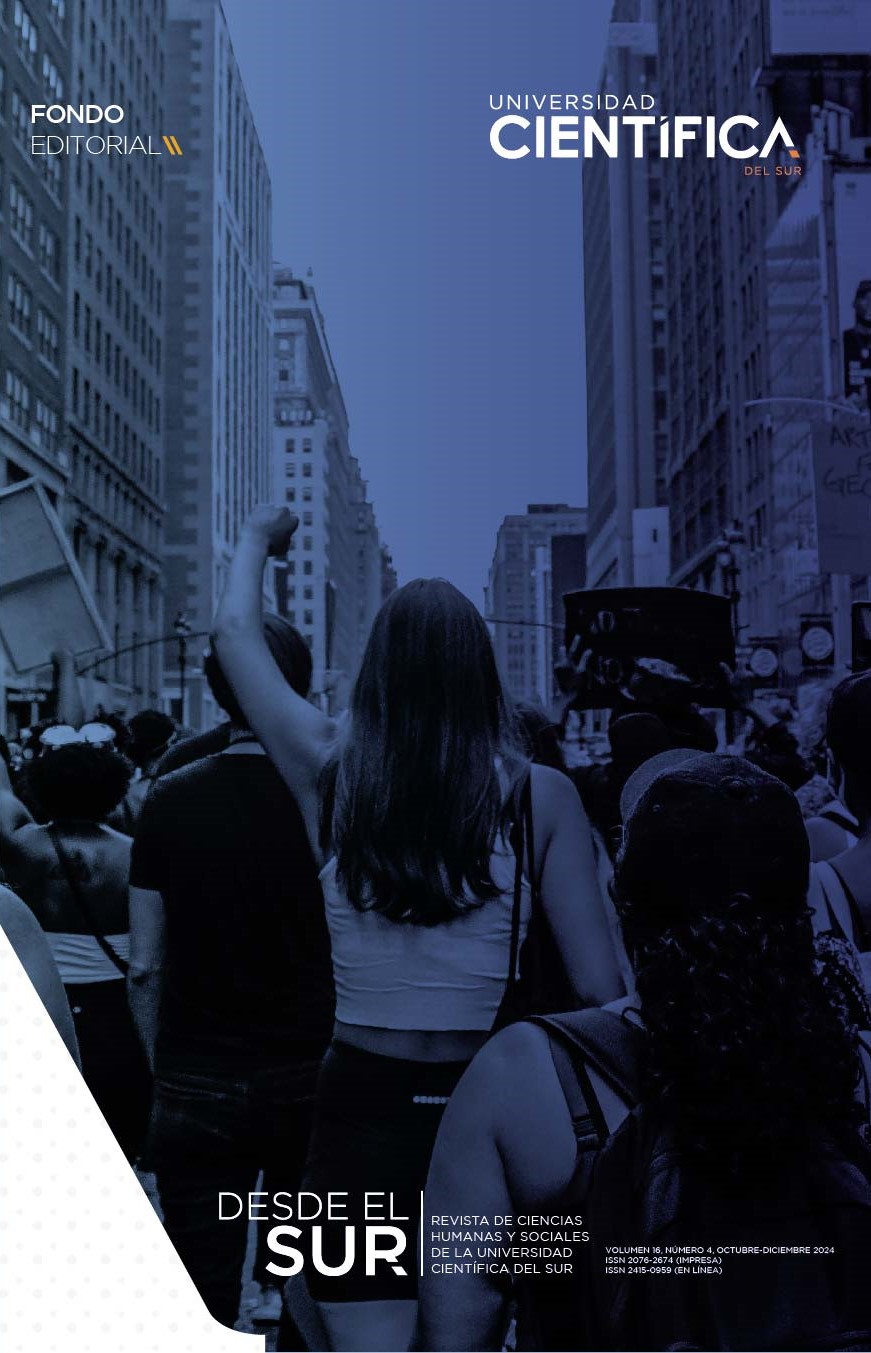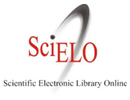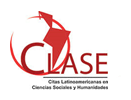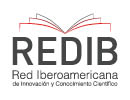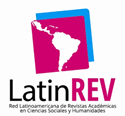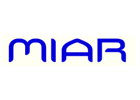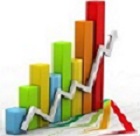The gender variable in the dissemination of scientific content on Twitter/X: an analysis of disseminators from Latin America and Spain during COVID-19 (2020)
DOI:
https://doi.org/10.21142/DES-1604-2024-0070Keywords:
Twitter/X, gender, scientific divulgation, social networks, scientific contentAbstract
The digital age has brought with it new forms of communication and dissemination of information. Within the scientific field, the popularization of science has resorted to new social spaces to communicate its findings. However, although scientific production increased during the covid-19 pandemic, the existing gender gap in the social environment was aggravated in the scientific field. A mixed, descriptive-correlational and cross-sectional research was carried out, focused on the analysis of 13,165 publications of 17 scientific disseminators -men and women who are characterized as micro-influencers of the social network Twitter/X that were published between March and June 2020 (first wave of covid19). The main conclusions show that the women scientific communicators studied produce less of their own content than their male peers, in addition to having more disadvantaged metrics; Likewise, men and women present opposite metrics of comments and relevance. In the same way, at the beginning of the pandemic, when a man and a woman with the same number of followers published, if one of them acquired more favs or retweets, the other acquired more comments, and vice versa. Finally, it is highlighted that a gender approach is necessary that allows recognizing the difference in work between male and female scientists in science and in scientific dissemination itself.
Downloads
References
Aguilar, V. (2021). Rebelión en el laboratorio. Vidas de mujeres científicas de Nora Bär. Desde el Sur, 13(3), e0039. https://revistas.cientifica.edu.pe/index.php/desdeelsur/article/view/1061/879
Adewunmi, M., Akintelu, S. O., Oladele, W. y Taiwo, O. (2021). Exploratory Data Analysis (EDA) of social media impact on Lagos residents during COVID-19 pandemic. Sau Journal of Management and Social Sciences, 6(1), 164-178.
Alcázar, L. y Balarin, M. (Eds.) (2018). Desigualdad en la academia: mujeres en las ciencias sociales peruanas. Grupo Sofía.
Angulo-Giraldo, M., Guanipa-Ramirez, L. y Albites-Sanabria, J. (2021). Medios de información, impacto emocional y recomendaciones sanitarias en migrantes venezolanos durante el COVID-19. Estudios Fronterizos, 22, e075. https://ref.uabc.mx/ojs/index.php/ref/article/view/929/1978?lan=es_ES
Ayuda en Acción. (2021). Mujeres en la ciencia: por qué existe un día internacional. https://ayudaenaccion.org/ong/blog/mujer/mujeres-en-la-ciencia/
Bagheri, H. e Islam, M. J. (2017). Sentiment analysis of Twitter data. http://arxiv.org/abs/1711.10377
Bernárdez, R. (2006). A la búsqueda de una «habitación propia»: comportamiento de género en el uso de Internet y los chats en la adolescencia. Revista de Estudios de la Juventud, (73), 69-82. https://hdl.handle.net/20.500.14352/49325
Berro, M. (2021). La pandemia de COVID-19, Twitter y la comunicación científica. Revista Médica del Uruguay, 37(3), e37301.
Cardín, M. S. (2020). La crisis del COVID-19 y sus impactos en la igualdad de género. ARI, 33, 1-8.
Carmona, G. E. C. (2019). A Story of Science: del cómo el análisis en las narrativas y los canales de comunicación emulsionan a las generaciones en la divulgación científica. Anuario de Investigación de la Comunicación CONEICC, (XXVI), 26-33.
Cobos, T. L. (2010). Twitter como fuente para periodistas latinoamericanos. Razón y Palabra, 73. https://www.redalyc.org/articulo.oa?id=199514908045
Colmenares, H. Q. (2016). Uso de Twitter en el periodismo científico. Los casos de los diarios El Nacional y el Universal en Venezuela. Questión, 1(52), 212-231. https://perio.unlp.edu.ar/ojs/index.php/question/article/view/3490
Cupeiro, S. V. (2015). Ciencia, estereotipos y género: una revisión de los marcos explicativos. Convergencia. Revista de Ciencias Sociales, 22(68), 177-202. https://www.redalyc.org/pdf/105/10536227007.pdf
De Semir, V. (2015). Decir la ciencia. Divulgación y periodismo científico de Galileo a Twitter. Universidad de Barcelona.
Denis, D. J. (2018). SPSS Data analysis for univariate, bivariate, and multivariate statistics. John Wiley & Sons.
Dudley, C. (2019). Microinfluenciadores y dónde encontrarlos. X Empresas. https://business.x.com/es/blog/micro-influencers-and-where-to-find-them
Fontelles, M., Simões, M., Farias, S. y Fontelles, R. (2009). Metodologia da pesquisa científica: diretrizes para a elaboração de um protocolo de pesquisa. Revista Paraense de Medicina, 23(3). https://docs.bvsalud.org/upload/S/0101-5907/2009/v23n3/a1967.pdf
García-Peña, A. L. (2016). De la historia de las mujeres a la historia del género. Contribuciones desde Coatepec, 31. https://www.redalyc.org/journal/281/28150017004/28150017004.pdf
Gupta, B., Negi, M., Vishwarma, K., Rawat, G. y Badhani, P. (2017). Study of Twitter sentiment analysis using machine learning algorithms on Python. International Journal of Computer Applications, 165(9), 29-34. https://dcs.datapro.in/wp-content/uploads/2023/11/65-Study-of-Twitter-Sentiment-Analysis-using-Machine-learning.pdf
Hernández, R., Fernandéz, C. y Baptista, M. (2014). Metodología de la investigación. (6.ª ed.). McGraw-Hill. https://shorturl.at/OR2Jy
Hernando, M. C. (2002). El periodismo científico, reto de las sociedades del siglo XXI. Comunicar, 19, 15-18. https://dialnet.unirioja.es/servlet/articulo?codigo=271749
Hughes, H. (2024). The Twitter to ‘X’ case study: The IP implications of rebranding. https://www.henryhughes.com/Site/news/the-twitter-to-x-case-study-the-ip-implications-of-rebrandig.aspx
Inno, L., Rotundi, A. y Piccialli, A. (2020). COVID-19 lockdown effects on gender inequality. Nature Astronomy, 4(12), 1114. https://shorturl.at/4vQyS
Lamas, M. (1996). La perspectiva de género. Revista de Educación y Cultura de la sección, 47, 216-229.
Lauda-Rodriguez, Z., Milz, B., Santana-Chaves, I. M., Torres, P. H. C. y Jacobi, P. R. (2020). The COVID-19 epoch: Interdisciplinary research towards a new just and sustainable ethic. Editorial N.° 03/2020. Ambiente & Sociedade, 23. https://www.scielo.br/j/asoc/a/7GLjqhFQQZgr3r3kMgCsqYy/?format=pdf&lang=en
Levy, D. S., Ramos, F. C. y Sordi, G. M. A. A. (2018). The impact of wrong mass media communication on citizens’ perception of radiation risks. XI Congreso Regional de Seguridad Radiológica y Nuclear, Congreso Regional IRPA «Cultura de Seguridad: un compromiso compartido». 16 al 20 de abril de 2018. La Habana.
Morales García, J. A., Sanz Miguel, M. D. C., Pérez Martínez, D. A., Martínez Mora, M. D. C., López Moreno, J. A., Hurtado Carneiro, V. y Gómez Cabello, D. (2020). Desarrollo de competencias en comunicación: divulgación en neurociencia. https://docta.ucm.es/rest/api/core/bitstreams/5bb6e9ca-1184-4db3-a373-a7b97ccf5d1f/content
Múnera, M. y Marín, B. (2014). La divulgación científica en la web, un panorama latinoamericano. Revista Comunicación, 31, 35-41. https://revistas.upb.edu.co/index.php/comunicacion/article/view/2777
Murthy, D. (2024). Sociology of Twitter/X: Trends, challenges, and future research directions. Annual Reviews, 50, 169-190. https://doi.org/10.1146/annurev-soc-031021-035658
Oldemburgo de Mello, V., Cheung, F. e Inzlicht, M. (2024). Twitter (X) use predicts substantial changes in well-being, polarization, sense of belonging, and outrage. Communications Psychology, 2, 15. https://www.nature.com/articles/s44271-024-00062-z
Pérez, A, V., González, C. y Berrocal, J, L. (2018) Twitter como herramienta de comunicación científica en España. Principales agentes y redes de comunicación. Communication Papers, 7(3). https://communicationpapers.revistes.udg.edu/communication-papers/article/view/21986/0
Ramírez, I. C. y Pascual, J. A. (2016). Análisis de estrategias de difusión de contenidos y actividad en redes sociales en revistas de divulgación científica: factores de interacción, visibilidad e impacto. Estudios Sobre el Mensaje Periodístico, 23(2), 1045-1056. https://revistas.ucm.es/index.php/ESMP/article/view/58031
Sáez, C. (2021). La pandemia, una oportunidad para cerrar con la brecha de género. Servicio de Información y Noticias Científicas, SINC. https://www.agenciasinc.es/Reportajes/La-pandemia-una-oportunidad-para-cerrar-la-brecha-de-genero-en-ciencia
Salinas, D. T. (2020). El profesional de la información. Obtenido de Ritmo de crecimiento diario de la producción científica sobre Covid-19. Análisis en bases de datos y repositorios en acceso abierto. El Profesional de la Información, 29(2), e290215. https://doi.org/10.3145/epi.2020.mar.15
Social Publi. (2018). I Estudio Global MicroInfluencers. https://socialpubli.com/es/blog/estudio-microinfluencers/
Teixeira Da Silva, J. A. y Nazarovets, S. (2024). Twitter should now be referred to as X: How academics, journals and publishers need to make the nomenclatural transition. arXiv. https://doi.org/10.48550/arXiv.2405.20670
Tomassini, C. (2021). Brechas de género en la ciencia: revisión sistemática de las principales explicaciones y agenda de investigación. Education in the Knowledge Society (EKS), 22. https://doi.org/10.14201/eks.25437
Valero, S. G. (2020). Las mujeres han publicado menos estudios sobre la pandemia. El Mundo. https://www.elmundo.es/ciencia-y-salud/ciencia/2020/06/08/5eda7777fdddff2e368b461d.html
Downloads
Published
Issue
Section
License

Esta obra está bajo una licencia http://creativecommons.org/licenses/by-nc-sa/4.0/

